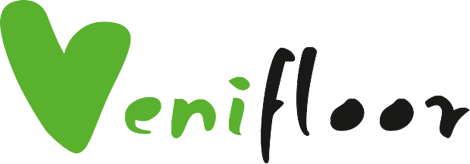Veneer – thin pieces of wood obtained in the process of:
- flat cutting,
- peripheral cutting,
- eccentric cutting.
The veneer thickness varies from 0.1 to 8 mm. Due to the thickness and application, we distinguish veneers, covers and panes.
Thanks to veneering, it is much more effective to use such a scarce raw material as wood.
Probably the cradle of modern veneering is Egypt, where the advantages of a similar method of wood processing were appreciated very early. As early as in the 19th century BC in the tomb of Pharaoh Smerkheta, an object made of veneer was found. Cleopatra also gave Julius Caesar a beautiful veneer table. The glory veneer years were in the 17th century. It was then that furniture called “Louis” was born, and the inlay was improved and widespread. To this day, they are one of the determinants of styles in design. Currently, veneering is again coming back into favor, enjoying an increasing recognition among consumers.
Blockboard
and two- and three-layer floorings are made in a cross-shaped way to eliminate wood work, i.e. shrinkage: along the fibers – in the radial direction, in the tangential direction – volumetric. Summer growth causes more drying.
HDF board – a step further.
This is formed as a result of grinding wood, which deprives it of the tendency to suck and dry (so-called shrinkage). Compressing wood in this way together with adhesives and resins results in high density, thanks to which the product is characterized by high durability and resistance to dents.





